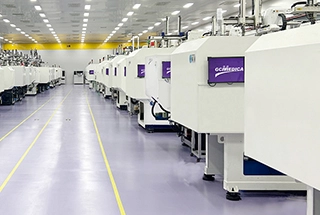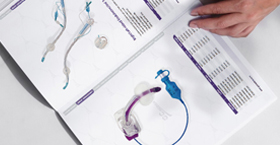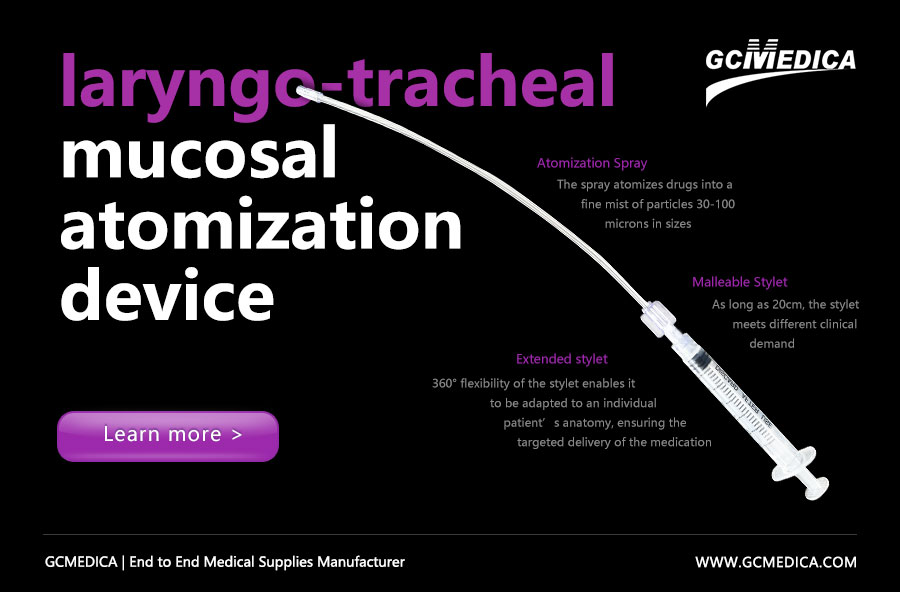Laryngo‑tracheal mucosal atomization devices (LT‑MADs) have revolutionized the way topical medications are delivered to the upper airway, combining patient comfort with efficient drug deposition. By converting liquid formulations into a fine mist, these devices enable uniform coverage of the laryngeal and tracheal mucosa, improving both anesthesia and therapeutic interventions.
Below is a structured overview of their primary clinical uses, organized in a table for clarity, followed by detailed discussion and a concluding summary.
| Clinical Indication | Description of Use | Key Advantages |
|---|---|---|
| Topical Airway Anesthesia | Delivery of local anesthetics (e.g., lidocaine) to the larynx and trachea prior to endoscopy or intubation. | - Minimizes gag reflex- Reduces coughing and discomfort |
| Anti‑Inflammatory Therapy | Atomized corticosteroids (e.g., budesonide) for treatment of laryngeal edema or tracheitis. | - Targets inflamed mucosa directly- Lower systemic absorption |
| Bronchial Hygiene | Administration of saline or mucolytics (e.g., N‑acetylcysteine) to aid in secretion mobilization. | - Enhances mucociliary clearance- Improves patient tolerance |
| Local Antimicrobial Delivery | Nebulized antibiotics (e.g., tobramycin) for resistant tracheal infections in ventilated patients. | - High local concentration- Reduces systemic toxicity |
| Pre‑Procedural Preparation | Application of vasoconstrictors (e.g., phenylephrine) to reduce mucosal bleeding risk before biopsy. | - Improves visualization- Decreases bleeding |
| Adjunct in Sleep Apnea Management | Atomized sedatives or topical agents to assess airway patency during drug‑induced sleep endoscopy. | - Facilitates dynamic airway evaluation- Short‑acting effect |
Detailed Discussion
Topical Airway Anesthesia
LT‑MADs are commonly used to deliver lidocaine mist directly onto the vocal cords and tracheal mucosa. This approach is particularly beneficial in awake fiberoptic intubations, reducing patient discomfort and suppressing protective reflexes without the need for deeper sedation. The fine mist ensures rapid onset and homogeneous distribution, compared to dripping or spray‑via‑syringe techniques.Anti‑Inflammatory Therapy
In cases of laryngeal edema—whether post‑extubation, after allergic reactions, or due to vocal abuse—atomized corticosteroids can be sprayed to the affected mucosa. Direct mucosal contact maximizes local immunosuppression while minimizing systemic side effects, making LT‑MADs a valuable adjunct to systemic steroids in acute inflammatory conditions.Bronchial Hygiene
Hydration of respiratory secretions is crucial in patients with thick secretions or poor cough effort. By delivering saline or mucolytics atomized into micron‑sized droplets, LT‑MADs facilitate deeper penetration into the subglottic and tracheal regions. This accelerates secretion clearance, reduces atelectasis risk, and can improve overall pulmonary function.Local Antimicrobial Delivery
Critically ill, ventilated patients are at risk for multidrug‑resistant tracheal infections. Atomized antibiotics achieve therapeutic concentrations at the infection site, overcoming barriers posed by systemic administration and potentially reducing the emergence of resistant strains.Pre‑Procedural Preparation
Prior to laryngeal biopsy or endoscopic sinus surgery, application of vasoconstrictive agents via atomization minimizes mucosal bleeding, offering a clearer operative field and lowering the risk of hemorrhagic complications.Adjunct in Sleep Apnea Management
During drug‑induced sleep endoscopy, LT‑MADs can apply topical sedatives or anesthetics. This allows dynamic evaluation of airway collapse patterns under near‑physiological sleep conditions, guiding targeted surgical or non‑surgical interventions.
Conclusion
Laryngo‑tracheal mucosal atomization devices represent a significant advancement in airway management, offering precise, safe, and patient‑friendly delivery of a wide range of agents. From anesthesia to anti‑inflammatory therapy, bronchial hygiene, and targeted antimicrobial treatment, LT‑MADs improve both the efficacy and tolerability of upper airway interventions. Their ability to provide high local drug concentrations with minimal systemic exposure underscores their value across diverse clinical scenarios. As device technology and drug formulations continue to evolve, LT‑MADs are poised to play an increasingly central role in enhancing patient outcomes in otolaryngology, pulmonology, and critical care.

 Français
Français Español
Español Products
Products
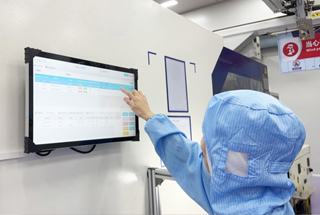
 About Us
About Us




